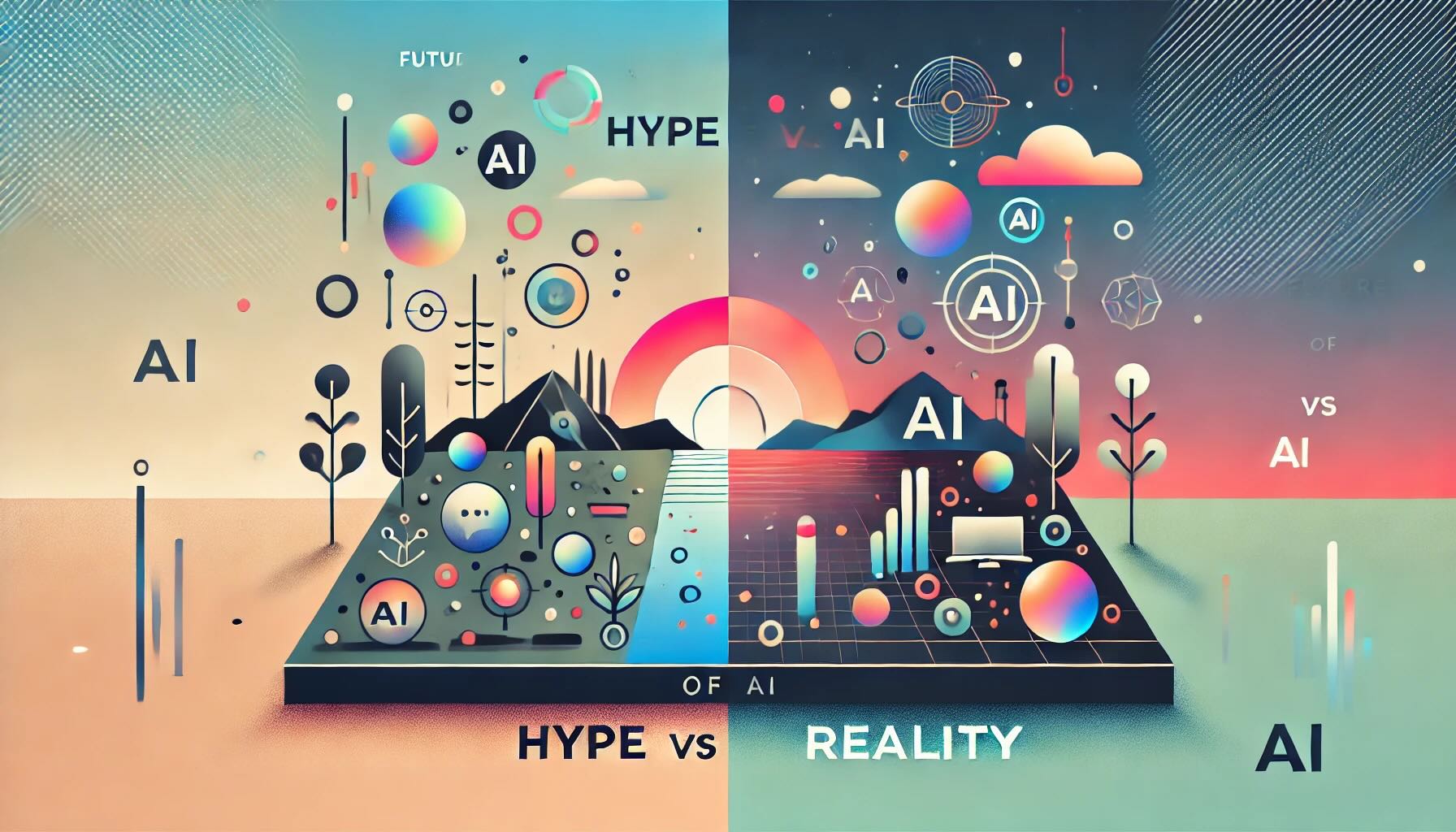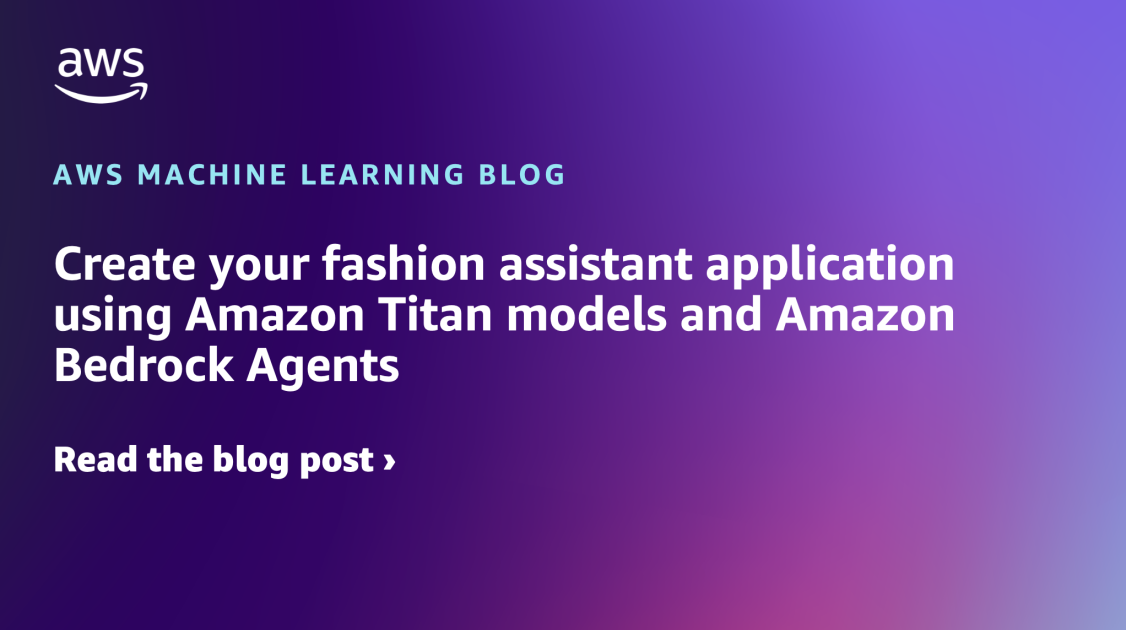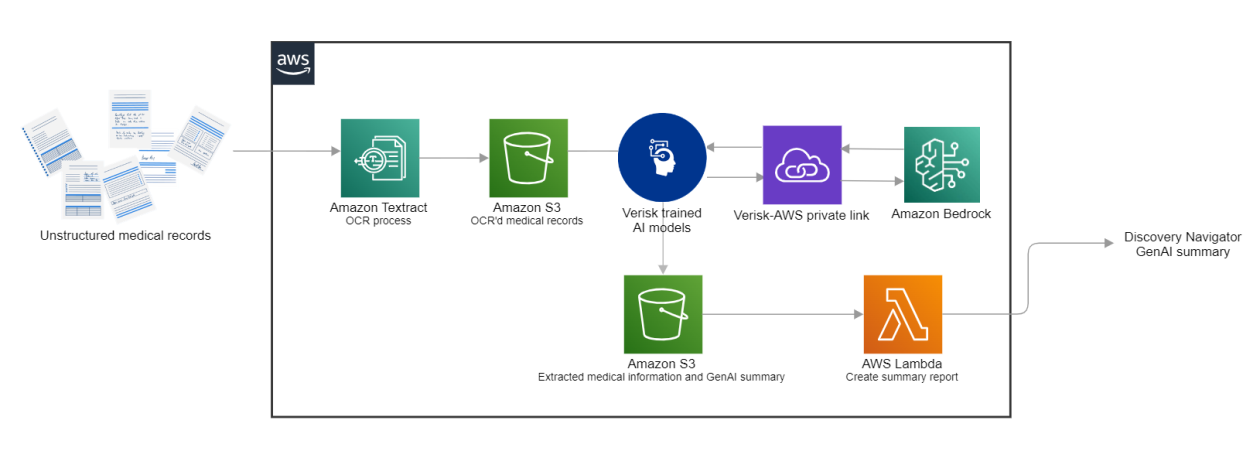Introduction
Artificial intelligence (AI) has garnered an enormous amount of attention over the past decade. It is seen by some as the gateway to a new era of technological evolution, while others argue that the noise surrounding AI is nothing more than inflated hype that falls short of reality. The question to unravel is whether the optimism surrounding AI is grounded in achievable outcomes or if society is overestimating the capacity of these technologies. By diving into AI’s present capabilities, future trends, and the challenges it may face, we can assess the future of AI: hype vs. reality.
Myths About AI Capabilities
Popular media and influential figures paint AI as a nearly omnipotent force capable of rapidly revolutionizing industries overnight. Some even predict the emergence of superintelligent systems capable of far surpassing human intelligence. In these portrayals, AI is often shown as having virtually limitless abilities, from human-like conversations to solving intricate problems that no human could achieve in their lifetime.
The perception that AI will lead to human job extinction overnight is one common myth that overstates AI’s capabilities. AI has indeed made significant advancements in automation, and machinery has replaced many manual jobs. But the intricacies of human reasoning, creativity, and even emotional intelligence remain largely absent in AI systems today. Jobs that rely heavily on these uniquely human traits are not easily replaceable by current AI technologies.
Also Read: Role of AI in scientific research and discovery
Understanding the Current State of AI
AI technology has undeniably made great strides in recent years but remains far from the level of intelligence seen in many mainstream representations. Today’s AI excels in narrow tasks, typically categorized as “narrow AI” or “weak AI.” These systems perform specific functions like image recognition, language translation, or predictive analytics with exceptional precision.
While narrow AI technologies have proven beneficial in various fields, they are confined by their specialized nature. AI tools such as machine learning models can identify patterns and make decisions based on data, but they lack the general reasoning abilities exhibited in humans (i.e., artificial general intelligence or AGI). Current AI does not “understand” its tasks in the way a human does, but instead follows algorithms to classify, predict, or optimize the data provided to it.
Also Read: How artificial intelligence is changing our society | DW Documentary
Realistic Expectations for AI
Given the current state of AI technologies, it is crucial to set realistic expectations regarding its future role. AI will continue to improve at specific applications, especially those related to data-heavy tasks such as diagnostic analysis or natural language processing. These improvements will lead to greater efficiency and innovations across many sectors, including healthcare, logistics, and finance.
Yet, AI advancements should not imply that the technology will fully replicate human intelligence or activities. AI’s primary advantage lies in its ability to analyze large datasets, process patterns, and optimize outcomes, not to engage in deep thoughts, ethical considerations, or creative solutions. In most fields, AI will augment human decision-making rather than fully replace humans. An over reliance on AI’s capacities can lead to not only disappointment but system failures as well.
Breakthroughs Shaping AI’s Future
Significant emerging breakthroughs are shaping the future of AI development. Advances in neural networks and deep learning architectures continue to push the boundaries of what AI systems can accomplish. Systems such as GPT-4 and DALL·E showcase the ability of AI technologies to generate human-like responses, texts, and even artwork using sophisticated algorithms.
Other key breakthroughs include advancements in autonomous systems like self-driving cars and drones, where AI-driven technologies aim for greater autonomy and decision-making capacities. Developments in reinforcement learning, quantum computing, and neural-symbolic AI are poised to further expand the scope of AI’s tangible impact. As these technologies progress, they will likely become a greater component of everyday life and have applications across new industries outside of software and computers.
Also Read: Role of Artificial Intelligence in Transportation.
Potential Limitations of AI Growth
AI has demonstrated that it can transform industries and processes by automating tasks that once required human labor. However, the growth of AI technologies comes with inherent limitations. One of the primary challenges AI faces is the dependency on large, high-quality datasets to make accurate predictions. Without sufficient data, AI systems either fail to reach optimal performance or degrade in quality. Many sectors still struggle with obtaining or handling such datasets.
Another key limitation is the issue of interpretability. Current AI models, especially deep learning systems, often function as “black boxes.” This lack of transparency raises concerns about understanding how these models reach their decisions. As AI becomes more integrated into critical domains, such as criminal justice or healthcare, the inability to interpret or explain an AI’s decisions may lead to safety and fairness issues.
Ethical and Regulatory Challenges for Future AI
The ethical implications surrounding AI’s rise represent another significant challenge for its future development. Issues such as privacy, surveillance, and automation-induced job loss have sparked public debates around the responsible use of AI technologies. These concerns become particularly pronounced when AI is integrated into law enforcement or used by governments in ways that govern people’s lives.
Regulatory frameworks for AI development are still in their infancy, creating both challenges and opportunities. An effective regulatory ecosystem will allow for innovation while ensuring that AI systems operate ethically and transparently. The need to balance economic growth, innovation, and public accountability will take center stage as AI continues to evolve.
The Role of AI in Shaping Society
As technology integrates further into the fabric of society, AI will play an increasingly prominent role in shaping sectors like healthcare, education, transportation, and entertainment. Already, AI technologies are enabling new treatment methods in healthcare through predictive analytics, image recognition, and robotic surgeries, while autonomous cars and smart cities aim to redefine urban life with optimized traffic flows and surveillance systems.
Education systems will benefit from personalized learning algorithms, which tailor the educational experience to the needs of each individual student. Yet, as AI expands its influence, social dynamics may shift. Technologies designed to replace menial tasks or skill-based labor could create displacement in job markets, while concerns over machine bias could lead to systemic issues in justice and governance.
Future Trends in AI Development
The future of AI holds tremendous potential, with trends pointing toward more integration into various industries. AI is expected to continue its development in areas such as natural language processing, where machines will be capable of far more fluid and context-aware conversations. As these fields improve, AI systems will likely become more adept at tasks that previously required intensive human labor, leading to economic shifts and the rise of new business models.
Another significant trend involves the convergence of AI with other emerging technologies like quantum computing and blockchain. The ability to leverage the vast computational power offered by quantum computers could lead to AI capabilities that are presently unimaginable, while blockchain’s decentralized model may provide more secure platforms for AI applications. Additionally, AI-driven cybersecurity systems are expected to rise in response to ever-increasing digital threats, providing better protection in a more connected world.
Bridging the Gap Between Hype and Reality
In many ways, the future of AI rests on realistic assessments of its capabilities. While AI can undoubtedly offer powerful solutions and innovations, it is crucial to understand both its strengths and limitations. Narrow applications of AI have shown immense promise, but fears of AI-driven world domination or machine consciousness remain within the realm of science fiction. The key to utilizing AI effectively lies in recognizing where it complements human abilities rather than overestimating its potential.
Closing the gap between AI’s hype and reality requires collaboration across industries and academic institutions. As businesses, governments, and researchers work together to create ethical standards, scalable technologies, and open lines of communication, society is more likely to see tangible benefits from AI while preventing overblown fears. Transparent dialogue and responsible implementation are necessary to forge a future where AI thrives without causing significant disruptions.
Conclusion
The future of AI is both promising and uncertain. While the misconceptions surrounding AI’s omnipotence have led to overhyped projections, the advancements in specific applied areas are hard to ignore. AI’s rise will bring about a host of challenges, including ethical dilemmas, job displacement, and regulatory issues, but it also offers countless opportunities to enhance industries and improve quality of life. By setting realistic expectations and focusing on responsible innovation, society can better navigate the ongoing revolution that AI brings.
References
Russell, Stuart, and Peter Norvig. Artificial Intelligence: A Modern Approach. Prentice Hall, 4th Edition, 2020.
Goodfellow, Ian, et al. Deep Learning (Adaptive Computation and Machine Learning series). MIT Press, 2016.
Domingos, Pedro. The Master Algorithm: How the Quest for the Ultimate Learning Machine Will Remake Our World. Basic Books, 2015.
Tegmark, Max. Life 3.0: Being Human in the Age of Artificial Intelligence. Vintage, 2018.



